The Game columnist NG talks to Stefan Wagner about how Sports for Future is changing the game, an initiative that is bringing sport together to face the challenges presented by climate crisis.
Sports for Future. An Interview with Stefan Wagner.
How did you come up with the idea to found Sports For Future and how has the initiative developed since then?
In 2019, with the development of Fridays for Future, we had asked ourselves where sport actually stood in relation to the climate crisis. We were of the opinion that there was still a bit of room for improvement – to put it diplomatically. Then a lot of other groups formed, but not sport. This seemed so absurd to us that “Sports for Future” suddenly became obvious. We started with initiators such as TSG Hoffenheim, Werder Bremen, VfL Osnabrück, Deutsche Sportjugend, Global United FC and individual athletes, and today we have more than 300 supporters: from the DFB and Waldhof Mannheim to Grün-Weiß Mühlen, Boris Herrmann, Olympic rower Carlotta Nwajide, national teams and many more, who together represent more than 23 million athletes.
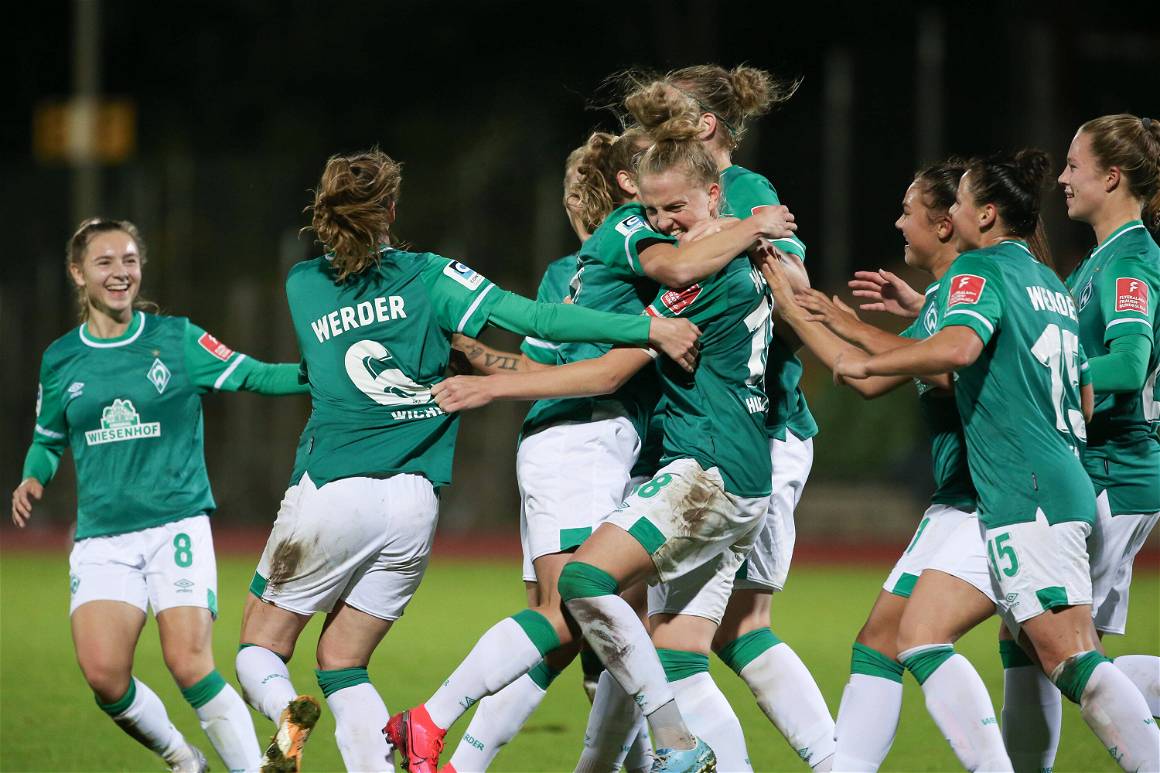
What were the initial goals you set when you founded the company and what have you achieved so far?
We want to act on three levels. First of all, we want to gather “sport” to support compliance with the Paris Climate Agreement as a social entity – and to do so in a science-based way and not with ‘fingers crossed’. Secondly, we want to create impact in sport. Thirdly, we want to use sport as a platform to raise awareness about the climate crisis. For example, we have created a workbook for sustainable sporting events and launched a major reforestation project in the Global South through the Sports4Trees campaign.

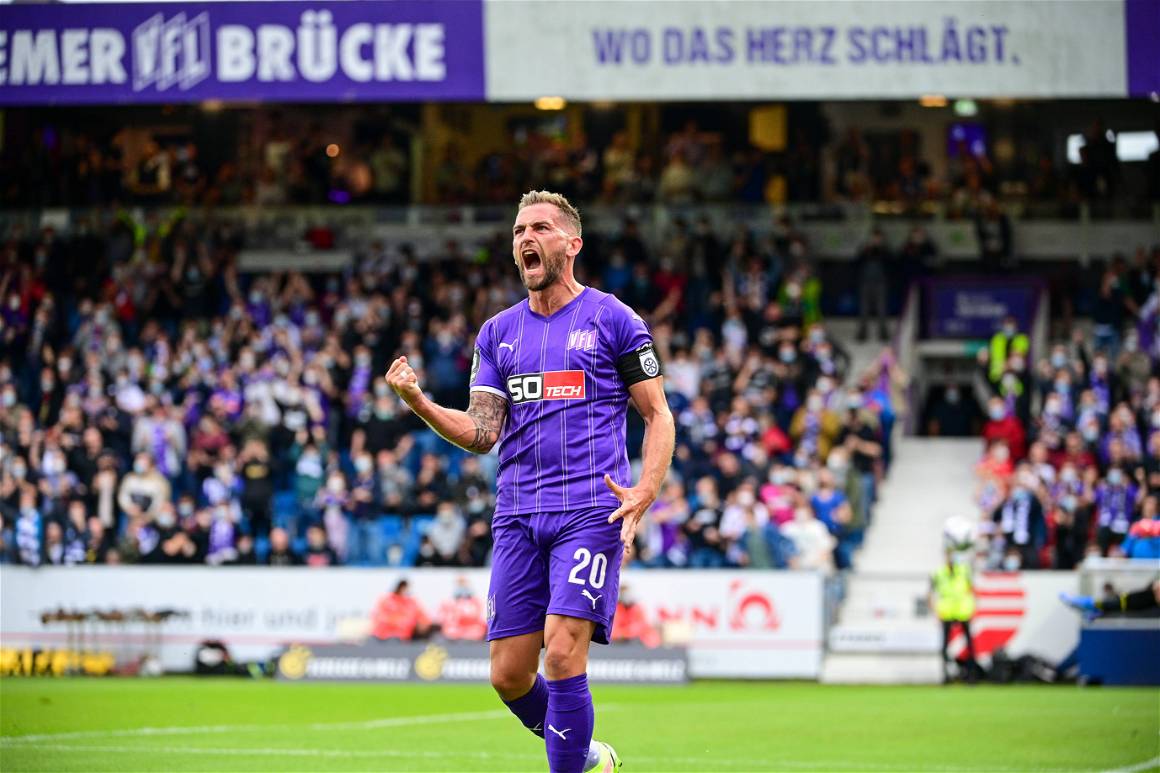
Your initiators come from all kinds of sports. Who are your most important supporters?
The central message is: everyone can make a difference. We have individual sports women who set up their own projects like the Rowing Forest, smaller clubs that plant 100 trees for the 100th anniversary, for example, and larger clubs and initiatives. But everywhere, other people are reached and inspired to join in. That is the real value.
In your opinion, how great is the awareness of climate change in the sports world and how high is the willingness to actively do something about it?
The current momentum is enormous. We read and hear on every corner about how players are positioning themselves in terms of sustainability. The level of ambition still varies, but there are and will be benchmarks that set the pace.
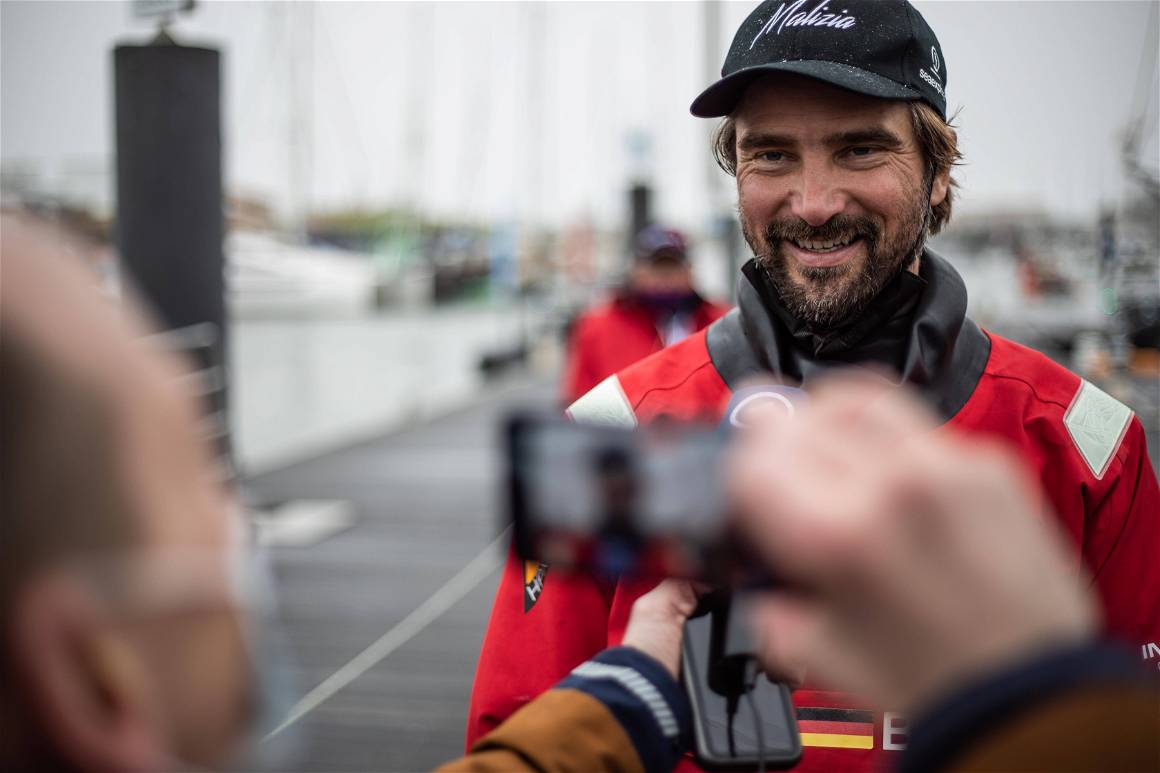
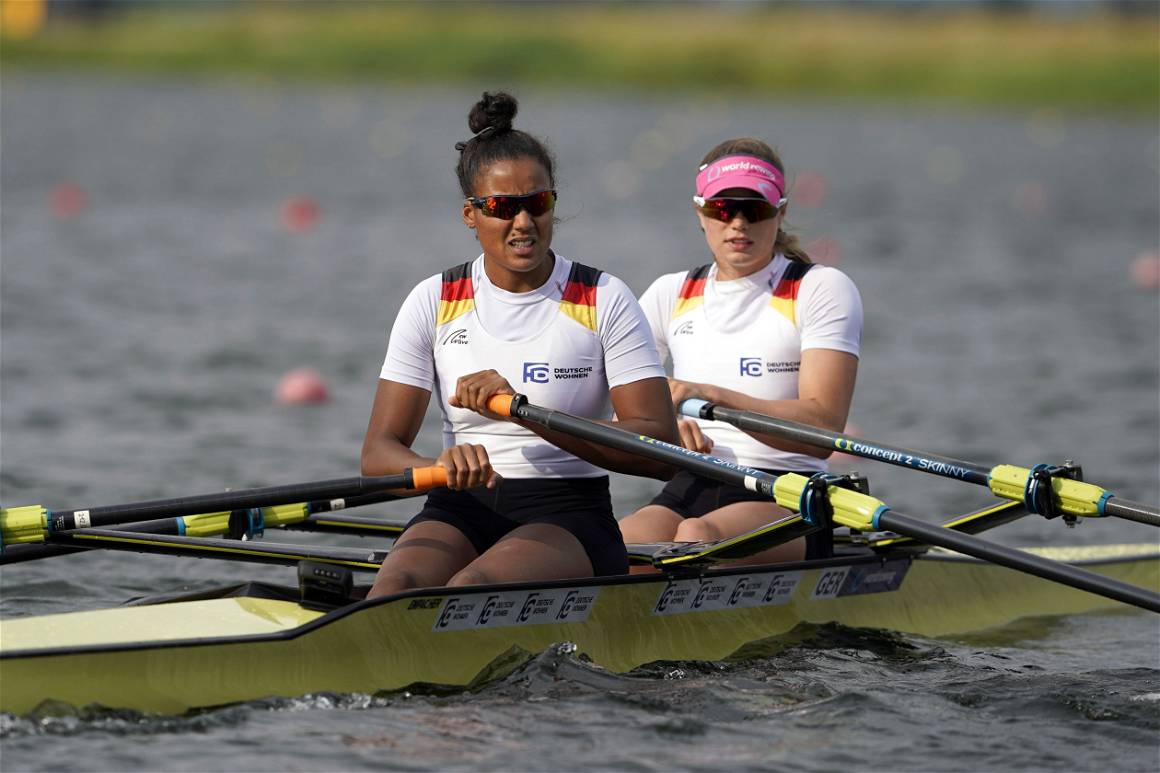
What hurdles do you have to overcome and what problems do you continue to face?
In my opinion, it starts with the basic attitude. Do I look at climate protection and sustainability as issues that I face reactively and passively with a view to what is necessary to fulfil in order to avoid possible criticism? Or do I look at it offensively, proactively? The questions then are: What can I contribute? How can I use my leverage to solve the central challenge of our time? And how can I use this attitude strategically? Unfortunately, this view is still too rare, even though there is an enormous amount of potential in it.
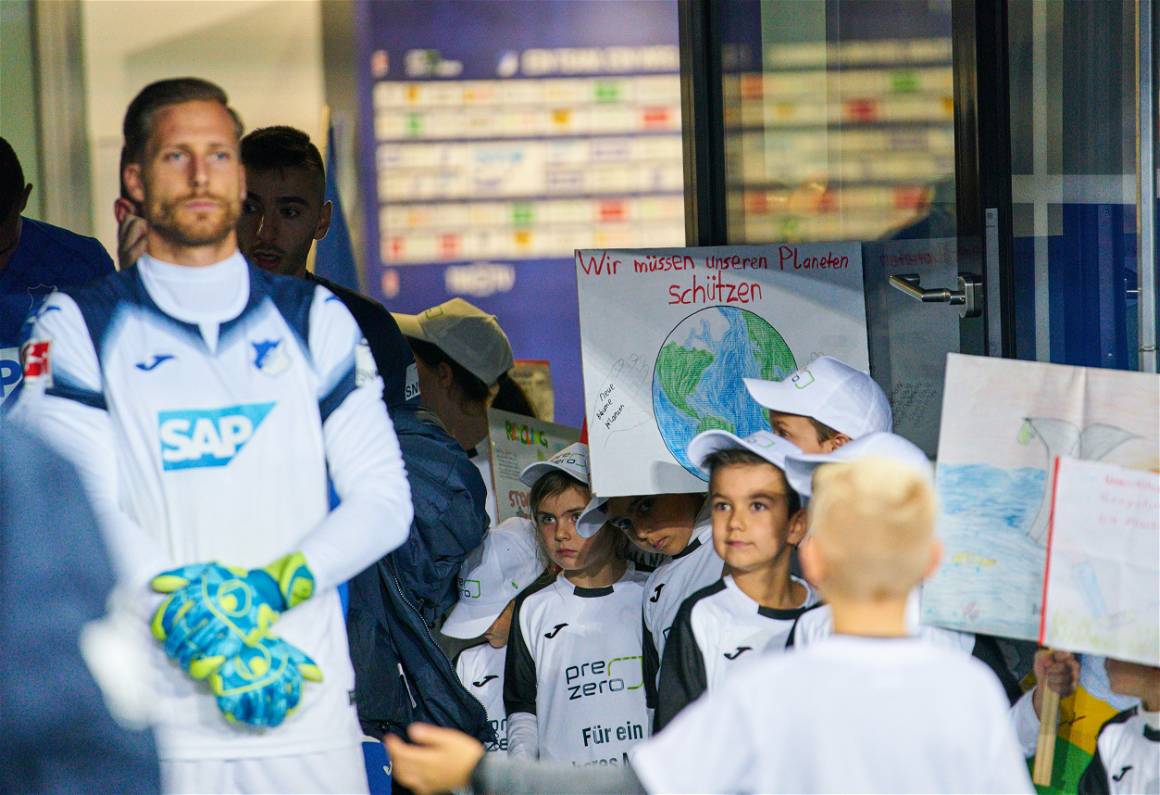
Tell us a little about the work and current projects of the initiative.
We are currently developing a calculation method for the carbon footprint of amateur clubs that is as simple as possible in a pilot project with the “Freiburger Kreis”. We would then like to make this available as an online tool for all amateur sports. In addition, we are winning more and more clubs or national teams for our Sports4Trees reforestation campaign, which we want to give new impetus to via simple mechanisms for the post-Corona period.
What is the Sports4Trees campaign all about?
We want to create very low-threshold opportunities to make a small contribution to tackling the climate crisis through sport. For example, by putting your change at the coffee counter at a district league match into our tree money box instead of your own wallet. In addition, there are initiatives by various national teams, such as the national rowing teams, the badminton teams or the national hockey teams, which have been involved for a long time. So far, we have been able to plant around 100,000 trees in five countries in Africa and 100,000 mangroves in Team Malizia’s project in the Philippines, as well as protect a forest area in Tanzania the size of 9,000 football fields.
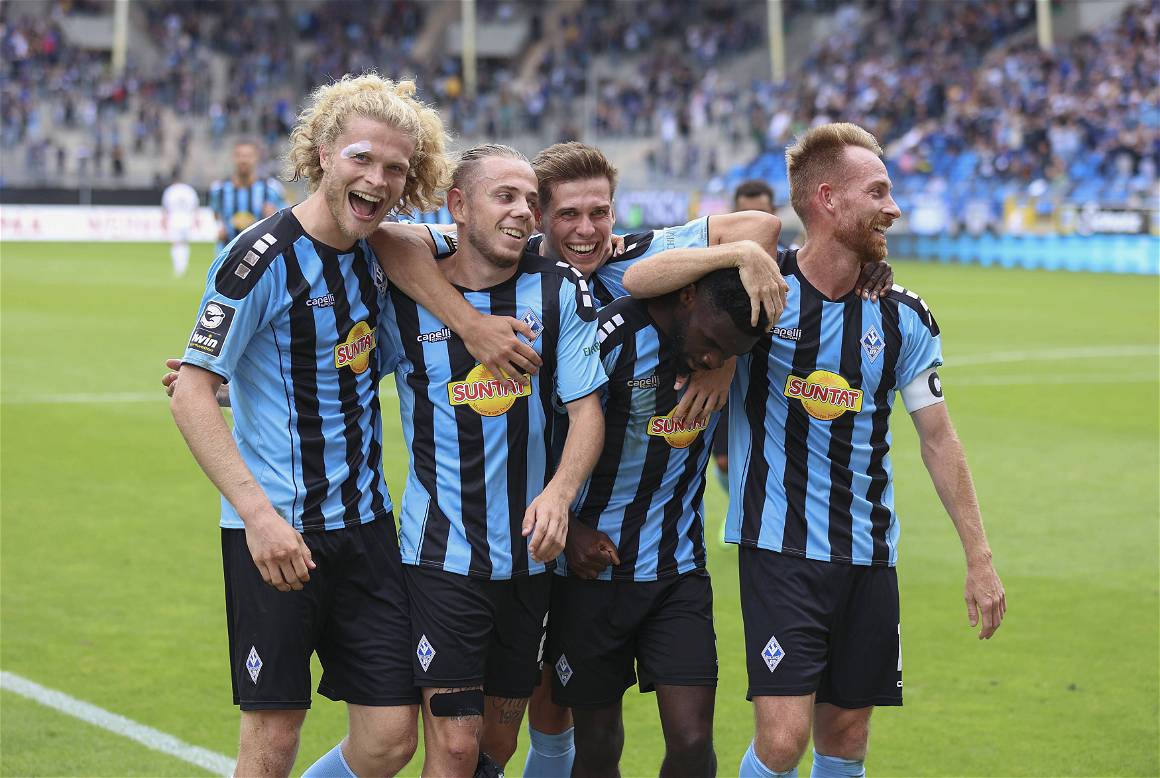
Climate change will mainly affect the younger generation. Are there projects that focus on children and young people?
Everything that serves climate protection will serve future generations. In addition, some of our Sport4Trees projects are so-called “Green School Projects” and we have organised fundraising runs together with the University of Bayreuth as well as with schools, for example the secondary school in Holdorf (Lower Saxony).
Is there already a club, for example in the German Football League, that is completely climate neutral or well on the way to becoming so?
There are some that are well on their way. However, our initiative is not aimed at a table of the best, but rather at a movement among many who are facing up to responsibility.
What would you like to see from those responsible in sport with regard to climate protection?
A conviction of what we can contribute to solving this enormous challenge with the power of sport.
Words and image selection by our latest columnist, NG – writing for The Game on all things eco-friendly and climate change.


